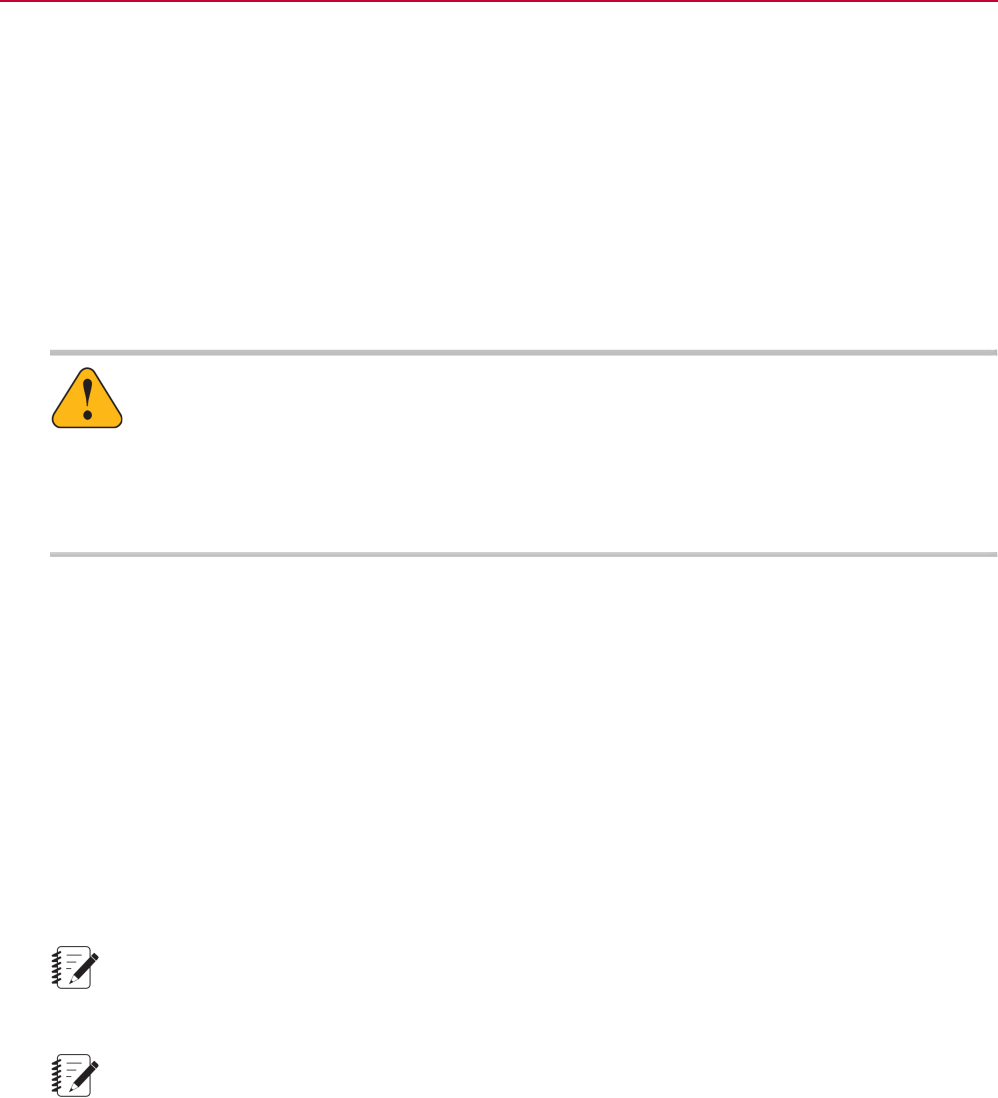User Manual
Table Of Contents
- Technical Support
- Preface
- Introduction
- Overview Reference
- Series 647 Hydraulic Wedge Grips Component Identification
- Series 647 Hydraulic Wedge Grips Functional Description
- About Gripping Specimens
- About Wedges
- About Spiral Washers
- About Couplings
- About All Temperature Grips
- About Environmental Chambers
- Hydraulic Fluid Recommendations
- Cooling Water Specifications
- Series 647 Wedge Grip Temperature Ranges
- Series 647 Hydraulic Wedge Grip Force and Torque Capacities
- Safety
- General Safety Practices: Grips and Fixtures
- Read all manuals
- Avoid Pinch and Crush Points
- Locate and read hazard placards/labels
- Know facility safe procedures
- Know controls
- Know Specimen Properties
- Have first aid available
- Be aware of component movement with hydraulics off
- Keep bystanders safely away
- Wear proper clothing
- Remove flammable fluids
- Check bolt ratings and torques
- Lift Equipment Safely
- Practice good housekeeping
- Do not exceed the Maximum Supply Pressure
- Do not disable safety devices
- Provide adequate lighting
- Provide means to access out-of-reach components
- Wear appropriate personal protection
- Handle chemicals safely
- Know system interlocks
- Know system limits
- Do not disturb sensors
- Ensure secure cables
- Stay alert
- Contain small leaks
- Stay clear of moving equipment/avoid crush points
- Know the causes of unexpected actuator motions
- General Precautions for Environmental Components
- Hazard Placard Placement
- General Safety Practices: Grips and Fixtures
- Installation
- Operation
- Maintenance

Change/Install Wedges
Change Model 647.02 - 647.100 Wedges
Standard and optional wedges are available for the grips. The standard wedges include:
• Narrow flat wedges for flat specimens.
• Round wedges for specific diameter round specimens.
• Vee-notched wedges for round specimens in general.
The optional wedges include wide wedges for flat, full width specimens. See “Specifications” for a listing of
all available wedges.
Caution:
The wedges can rust.
Over time, rust can damage the wedges.
Use cloth or latex gloves when handling the wedges. Also coat the wedges with LPS (a rust
preventative oil) and place them in their original packing material for storage.
Required equipment
• A utility hook (provided in the tool kit supplied with the grip)
• Replacement extension springs, if necessary
• Two 50-cm (20-in) length of wire cable, for wide wedges
• Lubricant
Change Standard Wedges
Perform the following procedure to replace one type of narrow wedge with the other, or a narrow wedge with
a 38.1 mm (1.5 in) wide wedge.
Note:
Additional considerations are required when testing rebar or wire rope. See “Wedges and Inserts for
Rebar and Wire Rope” for additional information.
Note:
Each wedge is labeled with the wedge part number and manufacturing date code. Ensure that
replacement wedges are a matched set before attempting to install the wedges into the grip.
1. Remove any specimen installed in the grips. Leave both grip controls in the release position. Position the
actuator or crosshead as necessary for convenient access to the grip wedges. Remove system hydraulic
pressure and grip supply pressure.
Series 647 Hydraulic Wedge Grips Reference Manual 83
Operation










